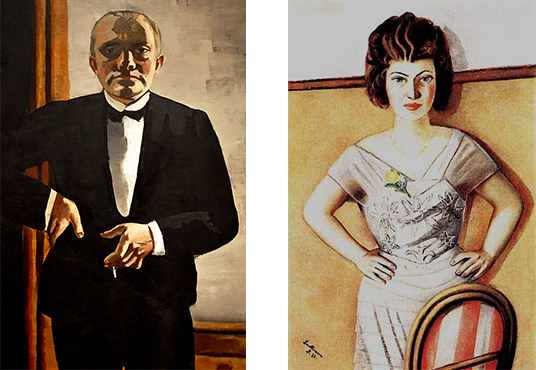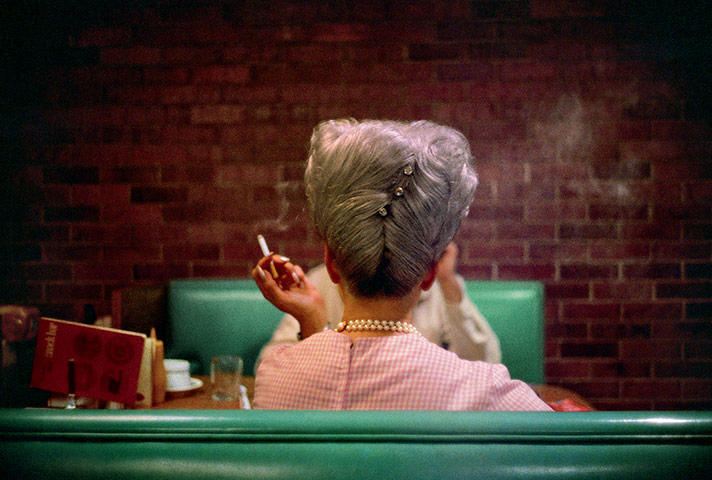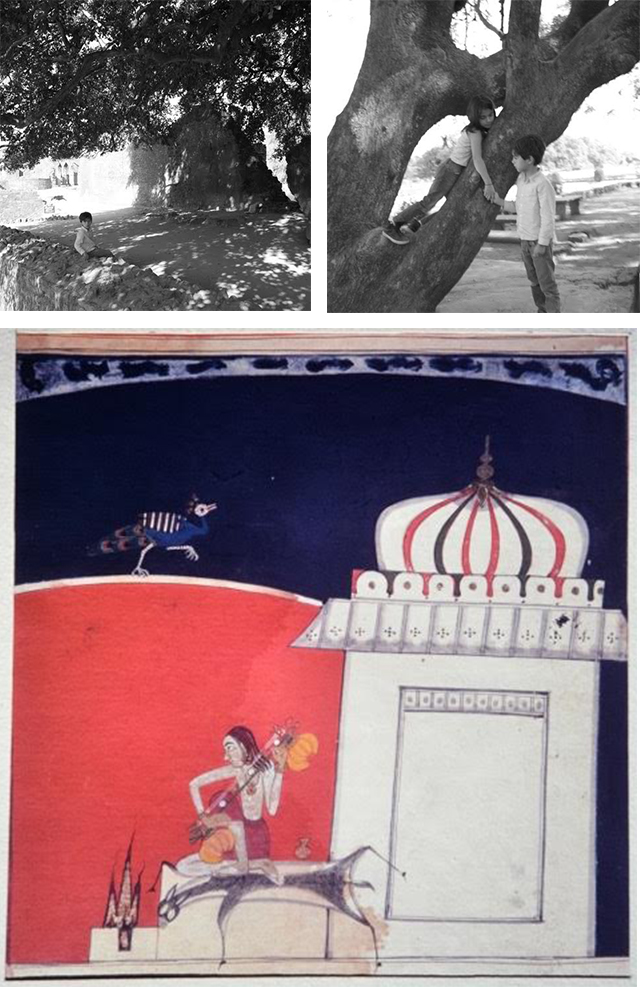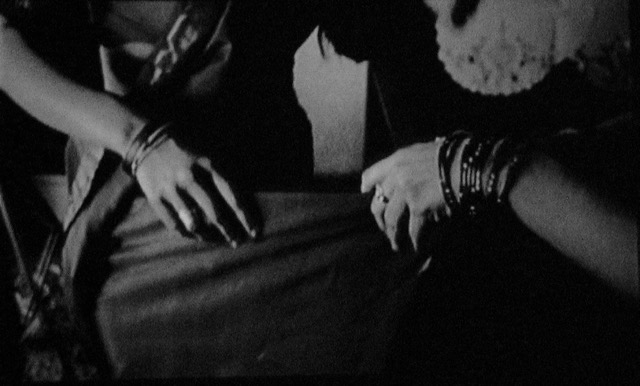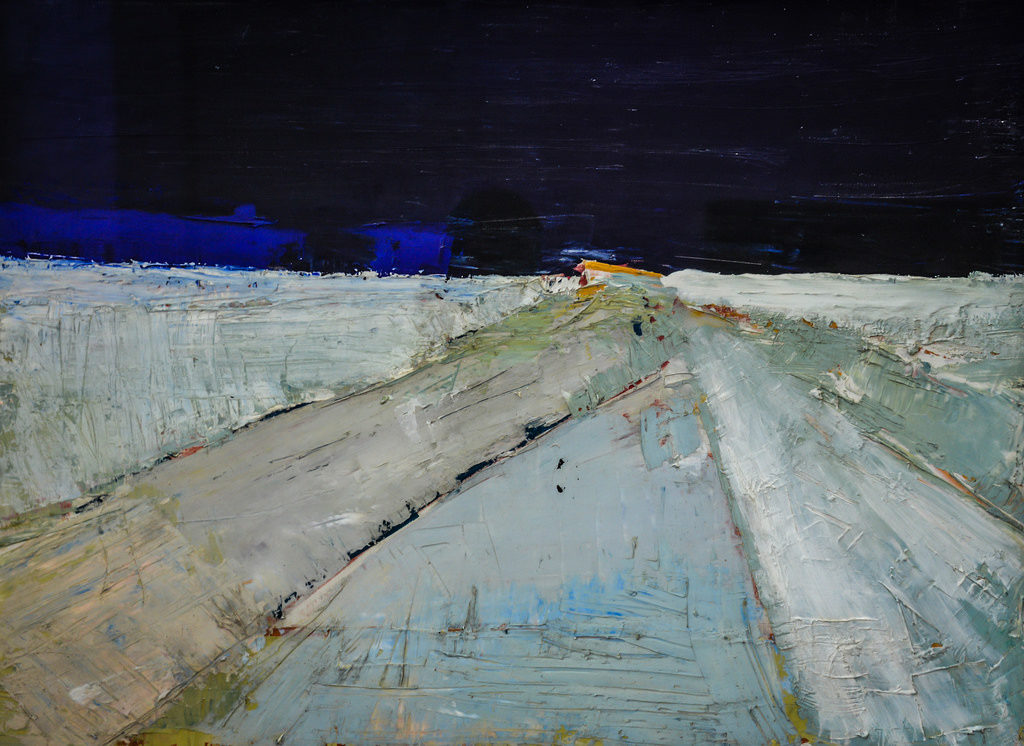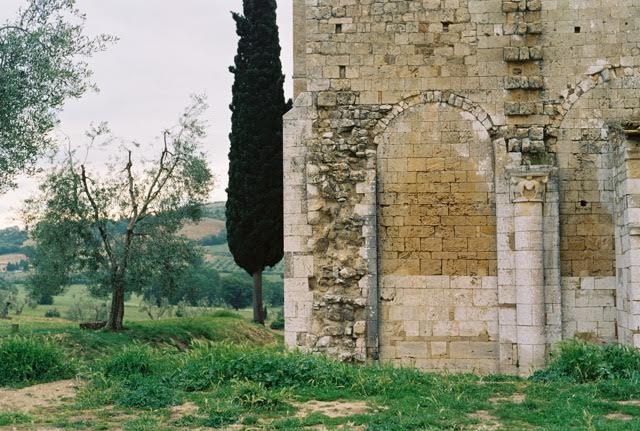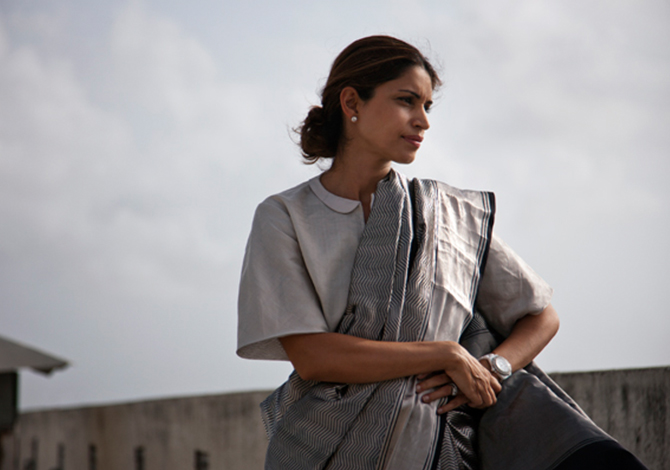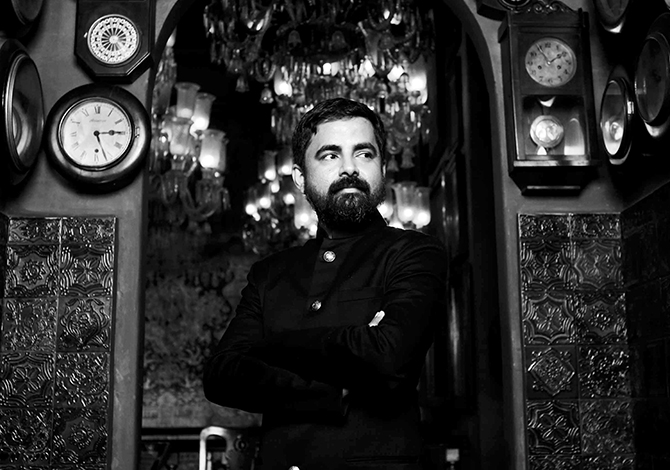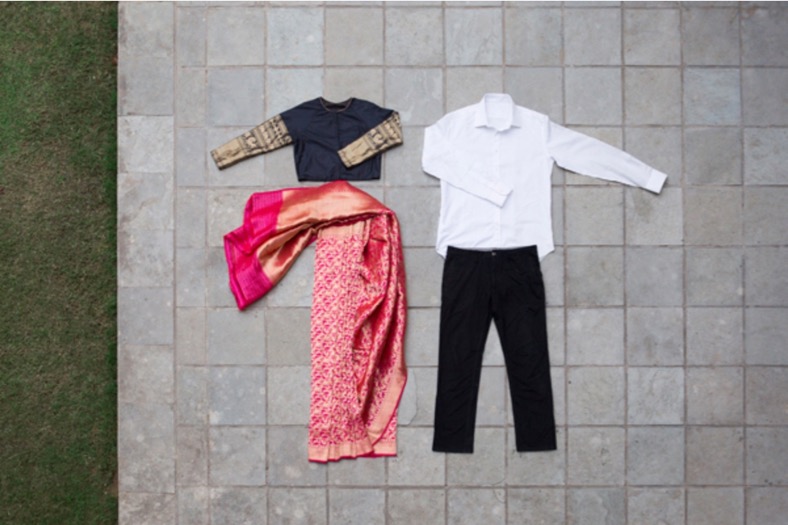Filmmaker Pooja Kaul’s sensitive and intimate work examines contemporary Indian society in light of its richly developed past. After having seen her previous films, Rasikan Re and Winter Trail, we reached out to Kaul – a Kashmiri born in Indore, now based between Stockholm and Mumbai – to develop a short independent film for our Sari Film Series. In this interview, she puts words to her singular aesthetic and also shares why this project is important to her:
How did filmmaking become your medium of expression?
I was studying economics and finance when a classmate at Lady Shri Ram College, New Delhi, took me aside and said, “What are you doing here? You’re interested in music, imagery and drama – what is it that puts all these together? Film.” And that was it. I often say that I was her first consulting job.
I spent my early twenties making short documentaries that were more like observational essays. They were provoked by my watching Alain Resnais’ Night and Fog which was the first thing that truly moved me and took me out of my everyday life. A production called Krishna by Feisal Alkali was also seminal in gearing me towards what really affected me.

Above: Pooja’s references image | The Legend of the True Cross, a fresco by artist Piero della Francesca
A short six minute film on Amrita Sher-Gil which I made for TV 18 and broadcast on STAR TV gave me a sense of what I could explore. It focused on the subject’s internal life, pointing me on a path beyond the documentary which took me to the National Film and Television School in England (NFTS).
I wanted to learn how to work with actors and the NFTS was a ‘film factory’ in the best sense of the word. A nuts and bolts place which smelled of sausage but produced some of the world’s finest filmmakers and technicians. There was not much talk and it was all in the doing.
At the NFTS I met three important collaborators who I still work with today: the much-acclaimed cinematographer Jakob Ihre, the noted editor Helle le Fevre and Marianne Ulrichsen, a Norwegian film director who makes fantastic, searing films about female adolescence. During my time at the NFTS I met perhaps my most important collaborator yet, the art historian Preeti Bahadur, with whom I developed my film Rasikan Re (O Lover of Life).
Above: Pooja’s references images | Self Portrait in Tuxedo & Quappi in Blau by artist Max Beckmann, photo by William Eggleston
What kind of film are you currently invested in making?
I am currently working on a feature film about sense and memory, The Umesh Chronicles, a story of growing up in 1980s middle-class India. It enters the inner world of Radha, eight years old, surrounded by grandparents, parents and teachers and stays with her – with the thoughts, influences and the particular emphasis on education that shapes her everyday.
It presents two Indias living next to each other through the servant boys, Sundar and Umesh and their alternate reality, but still communicates the special Indian code of somehow managing the grace of living side by side. The film meets Radha again in her thirties in modern India where still surrounded by the Sundars and Umeshs, she considers the meetings and evasions which have affected her life. The Umesh Chronicles explores the moments and encounters that shape a person and attempts to tell of the soul of a nation.
Above: Pooja’s references images | photos by Jacob Ihre, Pooja Kaul, Raga Kedar from the Malwa School of miniature painting
We want to document a way of being that is fast vanishing, maybe vanished, with a sense of place and time so authentic it can almost be smelled.
How would you describe your aesthetic?
Internal, peeling away outer layers to get to the core. Honest and true to the moment. Integral. Sharp in its honesty but soft in the method of getting there.
What are some cultural themes that recur in your work? And why?
One aspect I’m interested in is the notion of control in modern life, the idea that we can be in charge of our lives. I’m interested in what the Indian way of life and Indian philosophy bring to the table on that front.
I suppose one hopes to shift perceptions in small and subtle ways. If I can highlight differences in cultural approaches and elicit a respect for that difference – and further even intrigue an audience enough to explore that difference on their own – that’s enough done.
Above: still from Pooja’s film Rasikan Re (2003)
What excites you about our project on the sari?
I think the sari project is about memory and the future so it is tremendously exciting. The texture of memory has always interested me and forms part of all my work: how it lives with us in the present, and the sari physically embodies that thought perfectly. We have memories of our mothers and grandmothers wearing their saris in the morning, of lying under our mother’s pallu, and now we have the challenge of taking it into the future, of reimagining it, maybe even loosening it from the ties of memory.
There is a sense of a battle for the sari, which makes the project important.
Do you have reservations about working with a subject that comes with such historical and socio-cultural weight?
To be Indian is to deal with socio-cultural weight all the time, for me anyway. My work has tried to look at Indian society in the light of its richly developed past, finding parallel textures and sensibilities, forging connections between past and present. It has been an effort to adapt the voice of an ancient tradition to a modern sensibility and form.
Above: Pooja’s references images | Landscape, 1954, by artist Nicolas de Stael, photo by Pooja Kaul
Does being a woman impact the way you would tell a story about the sari?
I suppose it does, as you know it from the inside, or more accurately, it is part of your body memory. You know the feeling of walking inside it, of existing within its (lack of) construction.
What are you hoping to add to the conversation about the sari?
I would hope to highlight the sari’s simplicity, adaptability and ingenuity – its lack of construction and its incredible sense of the organic and natural. How it goes from a piece of cloth to something incredibly sophisticated in a minute.
References
Web > The New York Times
Film > The work of Ang Lee especially The Ice Storm, Brokeback Mountain and Crouching Tiger, Tarkovsky’s Mirror and Andrei Rublev, Audiard’s Dheepan, Richard Linklater’s Boyhood, Wong Kar Wai’s In the Mood for Love, Victor Erice’s The Spirit of the Beehive
Music >Kesarbai Kerkar, Amir Khan, The Strokes, Sigur Ros, Bach, Jyoti Pande in Rasikan Re
Artists > Gerhard Richter, Sophie Calle, Max Beckmann, the Malwa School of miniature painting
Filmography >
Rasikan Re (33 min), 2003
Winter Trail (11 min), 2002
Notes For a Film (9 min), 2000
Sheher: Lucknow (30 min), 1997

